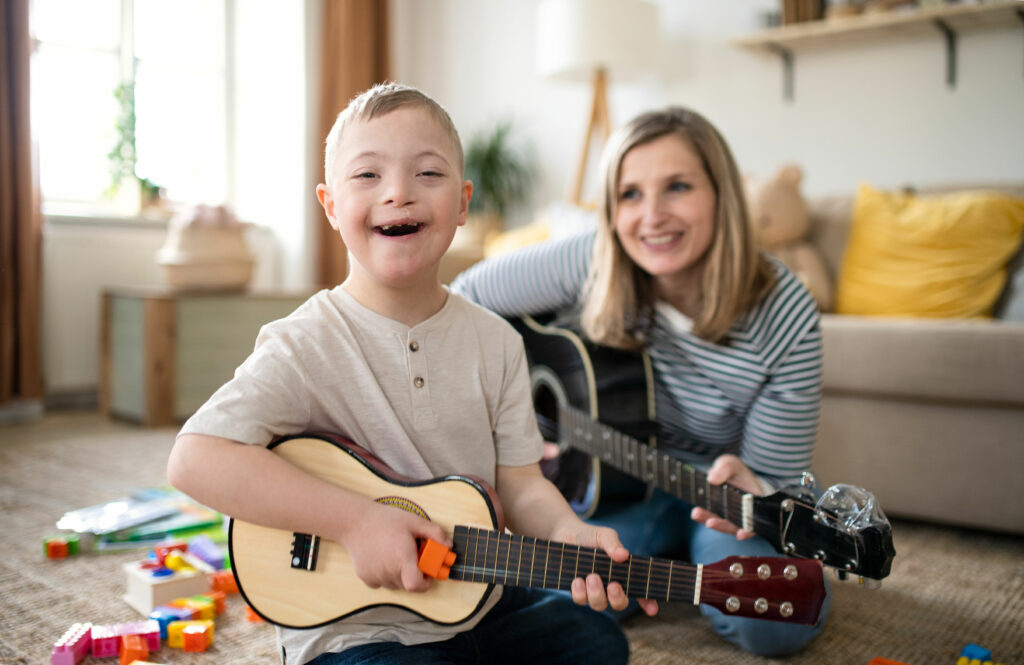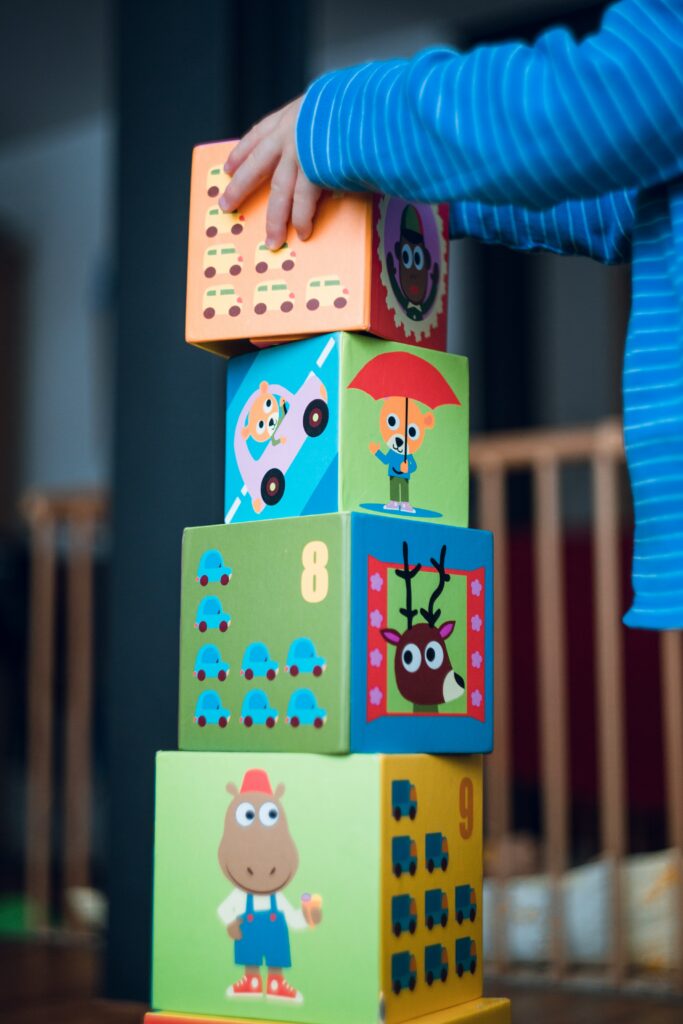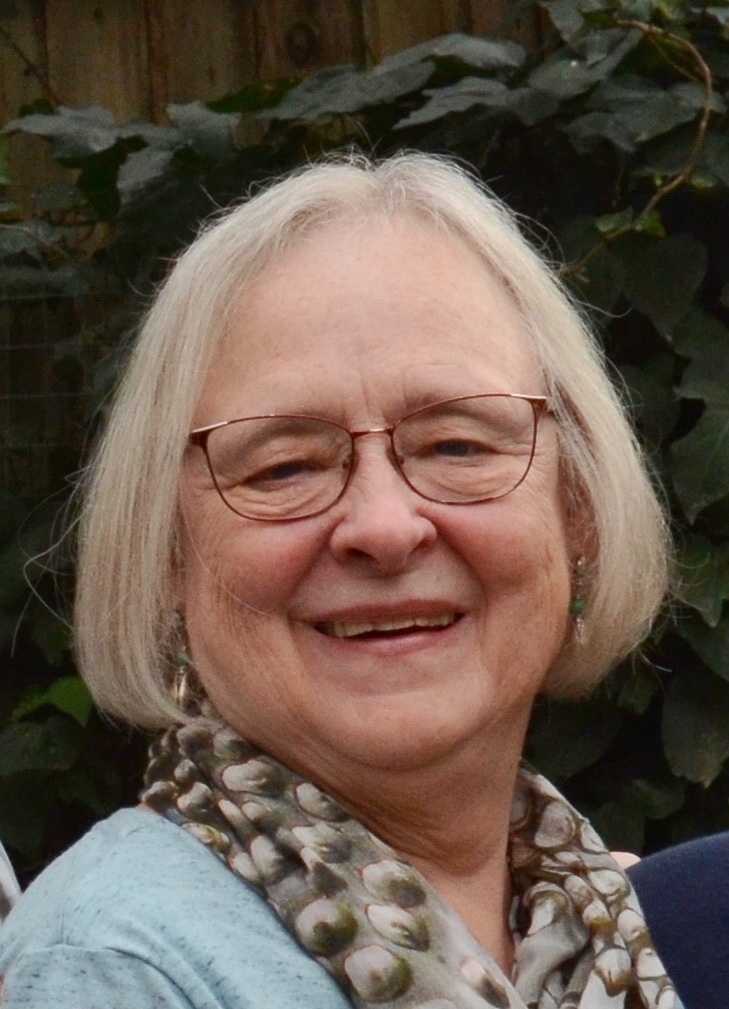By Kristen Anderson, March 3, 2023
Family Child Care Homes (FCCHs), where residents are licensed to provide child care in their homes, offer essential services to families that many child care centers do not meet. It’s in these home-based settings across California, that infants and toddlers receive needed care during non-traditional work times (beyond weekday hours). These are oftentimes the children of first responders, nurses, or service or retail workers, for example. FCCHs may charge lower fees than center-based programs and can be better cultural and linguistic matches for families. In many communities, however, there are not enough FCCHs to meet the demand for services.

Suzy Marron, Child Care Planning Council Coordinator for the Sonoma County Office of Education, explains that before the pandemic, the 2019 Sonoma County Child Care Needs Assessment showed a shortage in infant and toddler care, as well as school-age care. The situation has only worsened as a result of the pandemic and recent natural disasters. A 2021 child care update by the Community Child Care Council of Sonoma County found a 67 percent decrease in all child care spaces following the start of the pandemic. This represents an overall loss of 5,149 spaces, with 1,090 of those in family child care. For those providing child care, as well as those in need of child care, there is a child care crisis. Family child care is the only licensed source of nontraditional hours of care that can support working families. It is especially critical in rural areas where no other licensed child care is available.

In 2019, to retain and expand FCCHs, the State Legislature passed SB 234 (Skinner). SB 234 preempts local regulations and extends the by-right use of residential properties for Large Family Child Care Homes (for up to 14 children, depending on ages) in the same form that has existed for decades for Small Family Child Care Homes (up to 8 children). Additionally, the legislation permits both Small and Large FCCH in any residential dwelling type; does not allow discretionary planning permits, business licenses, or other fees or permits to be required; and stipulates that parking, noise, spacing, sign, or other standards cannot apply to FCCHs unless they apply to all residences in the same zoning district. Other sections of the law prevent landlords and homeowners associations from restricting FCCH operations.
Child care professionals are increasingly concerned that non-compliant local zoning codes are negatively impacting the establishment and expansion of FCCHs needed to meet local demand. State officials also share this concern. In recent years, the State has issued reminders in response to the local compliance challenge. In 2021, the CA Department of Social Services sent a memo to California planning agencies and created a webpage to support local jurisdictions in achieving regulatory compliance. And in the fall of 2022, the Governor’s Office of Planning and Research released an informational brief to encourage local compliance.
More proactive strategies are employed in some APA CA Northern Section communities and by some developers to support licensed FCCH providers. For example, residence-based child care policies are recommended for inclusion in the San Mateo County Housing Element, and the advocacy group Build Up San Mateo County published a brief on housing-related and facility improvement resources for FCCH providers. In San Francisco, some affordable housing developers are including specifically designed apartments to lease to licensed providers.


Jurisdictions in the Northern Section service area whose zoning codes correctly list Small and Large FCCHs as a permitted use in all residences include Santa Rosa (Sonoma Co.); Santa Cruz County and Capitola (awaiting Coastal Commission approval); San Pablo & Antioch (Contra Costa Co.); San Mateo County and the cities of San Mateo and Redwood City; and Gilroy and San Jose (Santa Clara Co.). The cities of San Rafael and Novato in Marin County need to change references to single-family dwellings only.
Resources
Please select the links below to be directed to the appropriate resource.
- CA Department of Social Services: Family Child Care Home Providers: Remedies for Housing Discrimination and Supporting Child Care Family Home Expansion– Implementation of SB 234 (August 3, 2021)
- Governor’s Office of Planning and Research: Announcement and SB 234 Fact Sheet (September 20, 2022)
- California’s Child Care Law Center: Housing Rights for Child Care Providers webpage
- CAL FIRE: Information Bulletin 20-008 – Guidance for Family Day Care Homes (March 19, 2021)
- Low Income Investment Fund: Including Family Child Care in Affordable Housing, (December 2022)


Cal. Code Regs. Tit. 22, § 102352 – Definitions
The terms Family Day Care Home and Day Care Center are used in Health and Safety Code, but State child care regulations (cited below) are moving to replace ‘Day’ with ‘Child’, distinguishing it from other types of day care which do not enjoy the same protections. Combining all types of adult and child day care in local codes is not recommended for this reason.
(f) (1) “Family Day Care” or “Family Child Care” means regularly provided care, protection and supervision of children, in the care giver’s own home, for periods of less than 24 hours per day, while the parents or authorized representatives are away. The term “Family Child Care” supersedes the term “Family Day Care” as used in previous regulations.
- (A) “Small Family Child Care Home” means a home that provides family child care for up to six children, or for up to eight children if the criteria in Section 102416.5(b) are met. These capacities include children under age 10 who reside at the licensee’s home.
- (B) “Large Family Child Care Home” means a home that provides family child care for up to 12 children, or for up to 14 children if the criteria in Section 102416.5(d) are met. These capacities include children under age 10 who reside at the licensee’s home and the assistant provider’s children under age 10.
Example Zoning Code Language Family Child Care Homes
The Cities of Antioch and Santa Rosa are used as examples.
City of Antioch Zoning Ordinance § 9-5.3817 Small and large family day care homes
- (A) The use of a dwelling as a small or large family day care home shall be considered a residential use of property. No business license fee or tax shall be imposed by the city for the privilege of operating a small family or large family day care home. Also, such use of a residence shall not constitute a change of occupancy for the purposes of the State Housing Law and the Uniform Building Code.
- (B) Small and large family day care homes shall comply with all building code standards, standards established by the State Fire Marshal, and state licensing requirements.
- (Ord. 897-C-S, passed 10-25-94; Am. Ord. 2178-C-S, passed 1-28-20)
City of Santa Rosa Zoning Code § 20-42.050 Day care facilities.
- Child day care centers shall comply with the requirements of this section, where allowed by Division 2 (Zoning Districts and Allowable Land Uses). Small and large family day care homes are permitted by right in all residential zoning districts.


Kristen Anderson is a Child Care Planning and Policy consultant who works and lives in Redwood City. Questions can be directed to the author (dr.kristenanderson@gmail.com, 650-520-7712) or to the Child Care Law Center whose staff was also involved in passage of the bill and implementation support.

